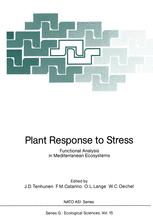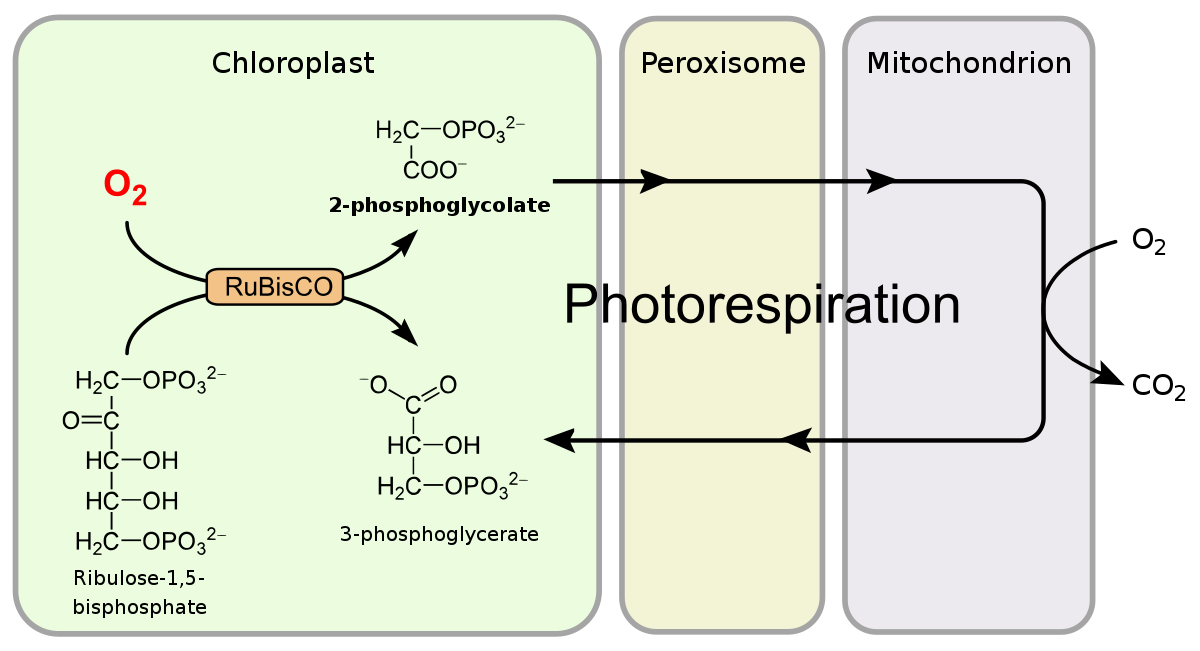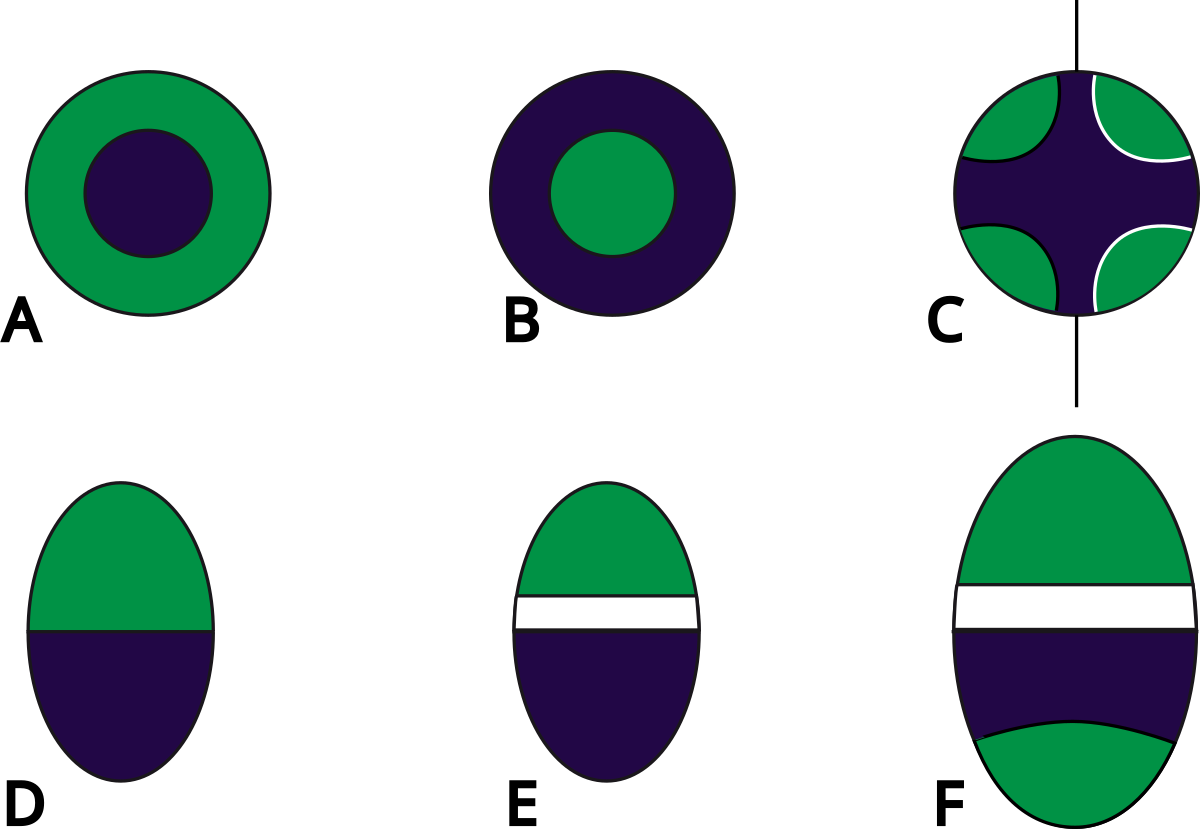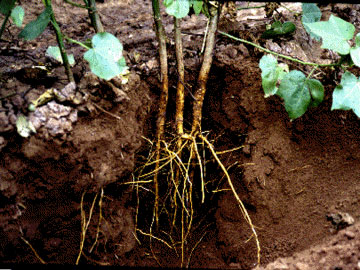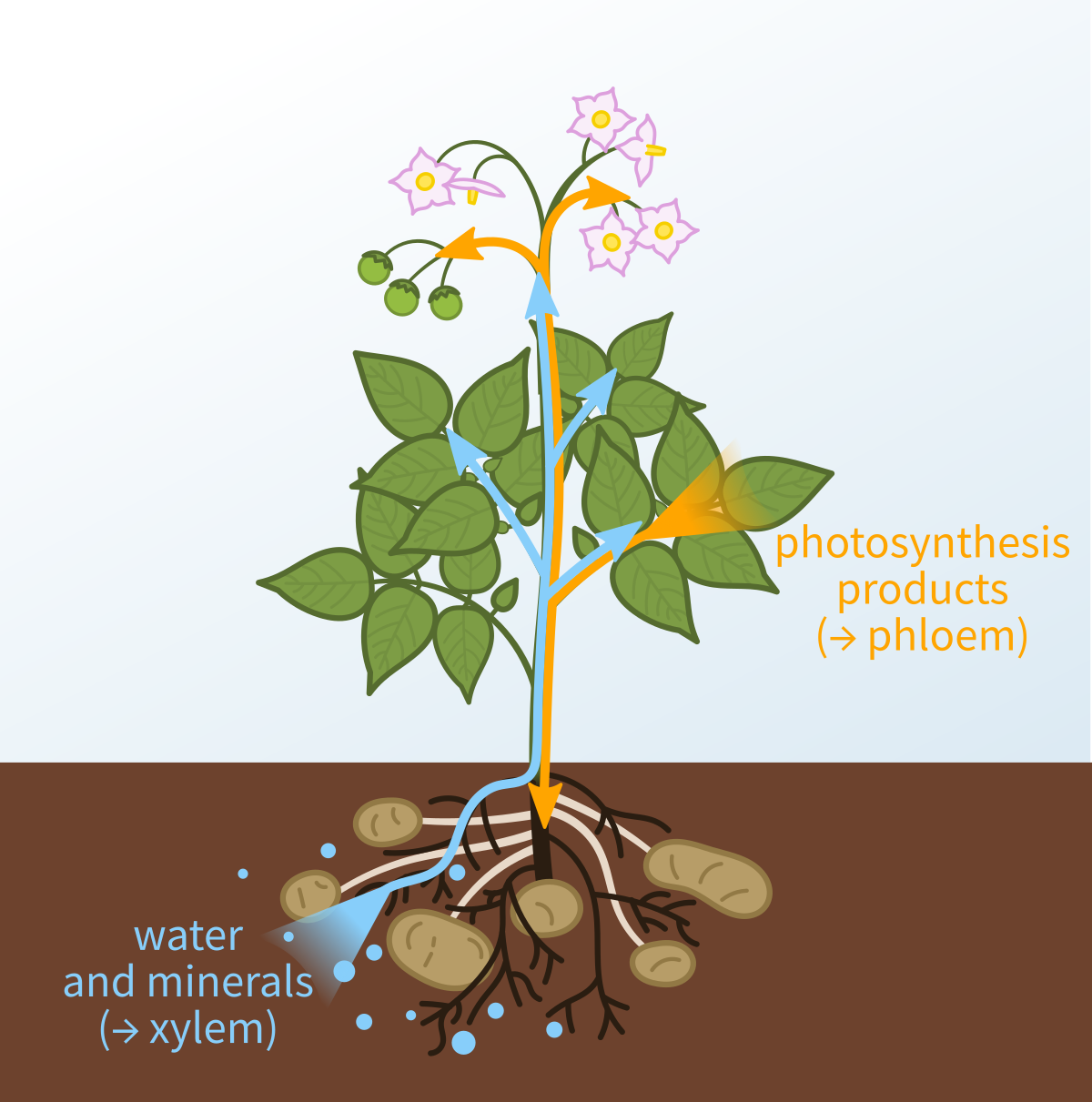Hey guys,
hope you don't mind if I add
a bit to the discussion.
This is one topic I've thought so much in the past and is one of the prime reason why I keep reading books about plant physiology because it's about the outer appearance of a plants happiness.

(the other is flowering induction but that's mostly genetic shit)
he is actually right, as are you - its multi-causal...

here's a first hint, from your link
"OPEN AND SHUT: To test whether speed of stomata opening and closing can increase productivity and water use efficiency, researchers added the synthetic light-activated BLINK1 ion channel to guard cells in Arabidopsis (1). The BLINK1 channel allowed potassium ions to move into a cell within two minutes of activation by blue light (2). The increase in ions inside the cell caused the guard cells to take on water and swell in size, opening the stomata to allow entry of carbon dioxide (3). Within 8 to 10 minutes of being in darkness, the BLINK1 channel’s activity decreased and the guard cells began to shrink, closing the stomata and preventing water from leaving the cell (4). See full infographic: WEB | PDF"
actually its not only blue light but also
UVB (even stronger):
Abstract. The ultraviolet action spectrum for stomatal opening was measured using epidermal peels from leaves of broad bean (Vicia faba). The spectrum was calcu

www.plantphysiol.org
(observe Figure 4. the peak @ 290nm)
BTW thx to
copshopgrow for this link!

Is stomata closure/ opening really tied to the amount of CO2 in the ambient air? I think not. It's *mostly* related to the ambient rH - which needs to be right, not too low (because then a plant would loose too much water, so they close them self-limiting the CO2 intake) but if it's too high, then the air cannot take more water and transpiration is also hindered (by physics this time). With extreme high rH this can even result in a fake-guttation (I say fake because real guttation needs special cells ("Hydathoden" in german) that mostly water-based plants (halophytes) have.
There are even some breeders out there that claim this is Cannabinoids, but it's just BS - may as well pour a cup of sugarwater over ones buds and label it "BHO bud strain"

sounds like a marketing gag to me... "
spray with lights on" "
leaf burning" "
full NPK formulae" "
add <whatever>
oil" <-- lots of wrong infos & some is even detrimental to transpiration.
Do you perhaps know the active ingredient in their product (the one responsible for the stomata opening)? Because the listed substances are just the normal leaf application minerals (bar P - heavily doubt a plant can utilize this as it needs special transport molecules and these sit in the roots - but ofc MKP is cheap to buy...

)
I think you are confusing heat stress with transpiration - the former results in a bilateral closure (=relative surface reduction) of the leaf area (as seen as V from the side) - which is always going to happen if the plant cannot do away with too much intra-leaf heat - regardless of "praying".
But drooping can have many reasons.
true, but there's a common misconception about it, when people think a plant is "full" in sugar & starches so it doesn't want to do PS anymore... what, in fact, the plant doesn't want to a accumulate anymore is a toxic by-product of PS (when PS has to be done with O2 instead of CO2) and this is mostly cleared during the night-phase.

en.wikipedia.org
O2 is very useful to prevent some evils in your pot, and if roots are happy, so is the plant. But it doesn't have to be O2 for the roots to be happy - any kind of atmosphere would work - because the roots need to be able to do a "gas exchange", which, in this case means that the roots want to release stuff.
that paragraph for "green-light" would therefore implicate that both the sun and CMH lamps should decrease both growth & cannabinoid content because of the huge presence of green light.
Starting as an outdoor grower I cannot observe this - outdoor weed is of the highest quality plus plants (esp. big ones) can be much more healthy.
Also CMH is known for its frosty buds.
There is a common problem with citing individual studies, it may "mislead" due to the isolated experiments under which these studies are drawn.
Only academics which have this as their chosen field are actually able to value the results of studies and "place them at the right place into the big picture".
That's why it's actually much better to simply learn from what the Profs have put together as "standard models or teachings" because they can draw conclusions much better than any of us can... esp. since they don't smoke weed

there is some merrit to what you are suggesting although the term "metabolizing faster" is too unprecise in this regard, because "metabolism" encaptures many aspects of plant physiology. Guess most of us have observed drooping top leaves at the EOD and praying in the mourning. Plants can "anticipate" (via the Circadian clock) when the mourning comes and already prepare themselves - if you open your tent half an hour before lights-on happy plants will already pray.
View attachment 4596184

en.wikipedia.org
In this case the "praying" even costs them energy - although other factors (like the transpirational pull) does not. The latter is strictly physical whereas the former is induced by the intra-cellular turgor pressure by release/uptake of ionic potassium induced by hormones (simplified)
Have observed this too, it looks as if the lights exerts a certain "thrust" to the leaves.
This is something that may cast a shadow of doubt on some of what I've just said e.g. if PS-induced transpirational pull is responsible for this "praying" then it should actually even pray more when lights are closer...? But the whole subject consists of multiple reasons so a plant may
- stretch stalks up in search of exposure to direct light (plants always "think" of "go up" or "higher" as shade avoidance and this is true to some extent also for stalks
- release this stretch when exposed to full light so that the top leaves gain more hard light
- typically bottom leaves aren't streched up like top leaves although they receive much less lights indoors (outdoor plants don't show that extreme...)
- moving lights closer may result in a higher intraleaf- and leafsurface temperature - this may NEGATIVELY impact VPD resulting in a loss of stomatal gas exchange = drooping (your solution to let the lamp where it is spot on - plants love K.I.S.S. and not fiddling around with their environmental variables!













